Radiant floor heating is becoming an increasingly popular trend in the US, both for retrofit and new projects. Unfortunately, many
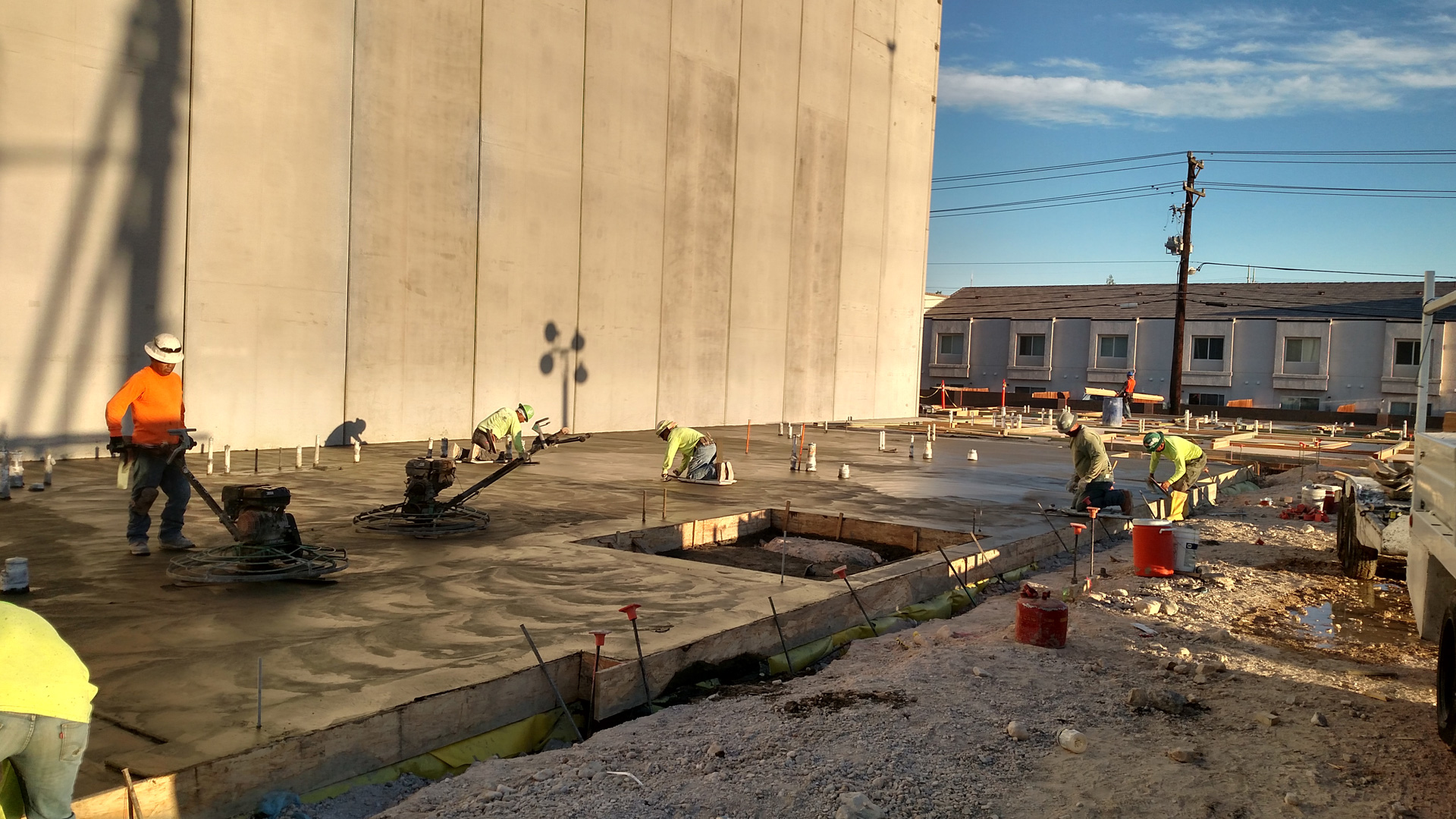
Unlike residential buildings, commercial structures are more vulnerable to wear & tear and failure. That’s because a significant amount of pressure is exerted on their foundations. Besides, commercial buildings have more square footage as compared to residential buildings.
For this, the foundation design of commercial buildings should tolerate high-weight loads. One way to resist such weigh loads is to use anchor systems. This helps to hold and distribute the weight. If the foundation cannot withstand that type of pressure, the structure will fail!
So, if you’ve got a new/ pre-existing commercial building, its foundation should be stable. One way to accomplish that is to use the right foundation type for your structure. In this article, we’ll look at the various foundation types you can use for commercial structures. They include;
T-shaped is the most commonly used type of foundation in commercial structures. It comprises reinforced concrete footings constructed below the frost line. More notably, it has walls that go deep into the soil surface built on top of these footings.
However, the footings are narrower than the walls. This offers the additional support level required at the base of your structure. When you view the final structure in the cross-section, you’ll see an inverted T shape. That’s where this foundation type derives its name from!
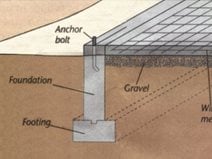
This foundation design is ideal where underlying soil is more likely to freeze. The structure exerts pressure and stress on the slab. While the T-shaped foundation distributes the pressure more uniformly. It’s also common when building taller structures.
Raft foundation is one of the easiest foundations in structural engineering to understand. It acts as a type of raft that a commercial building rests on, hence the name ‘raft/ mat foundation’.
Like slab-on-grade foundation type, the structure rest on one continuous slab. In slab-on-grade foundation, the base only supports loads at the building’s lower part. Mat foundation, on the other hand, supports the weight of the entire building. Simply put, it has the same footprint as the structure it supports.
This commercial foundation is used when a building has any type of lower-level or a basement. That way, the lower level will carry an entire load of that building. Besides, it can be used if in areas where the underlying soil surface has low bearing capacity.
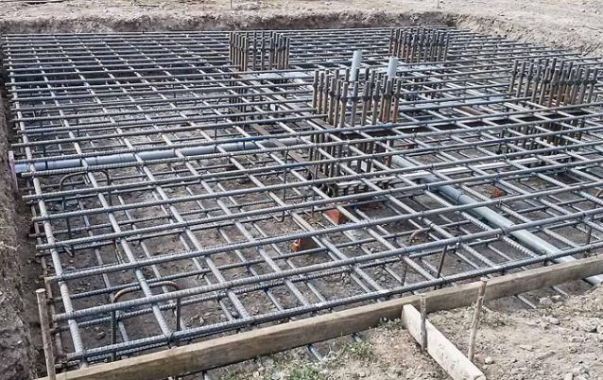
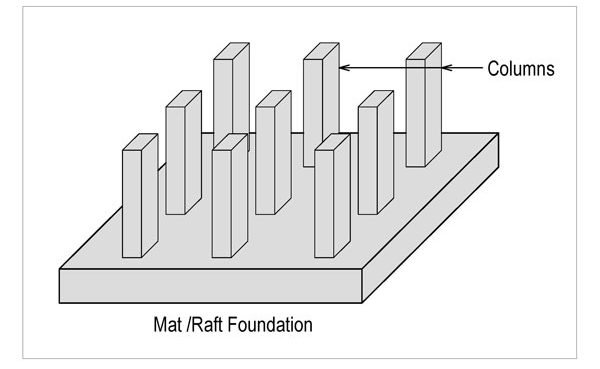
Mat foundation is very strong and ideal for most commercial structure applications since it consists of concrete and reinforcements throughout. The columns transmit the massive load forces from the upper floors to the foundation.
In areas where the ground doesn’t freeze, you don’t need a T-shaped commercial foundation. Instead, commercial structural engineers and contractors prefer slab-on-grade foundations in such scenarios.
Slab-on grade involves laying a thick concrete foundation directly onto the soil surface. The single layer of many-inch-thick concrete creates a strong base for the structure. This foundation design is also common in places with warmer climates.
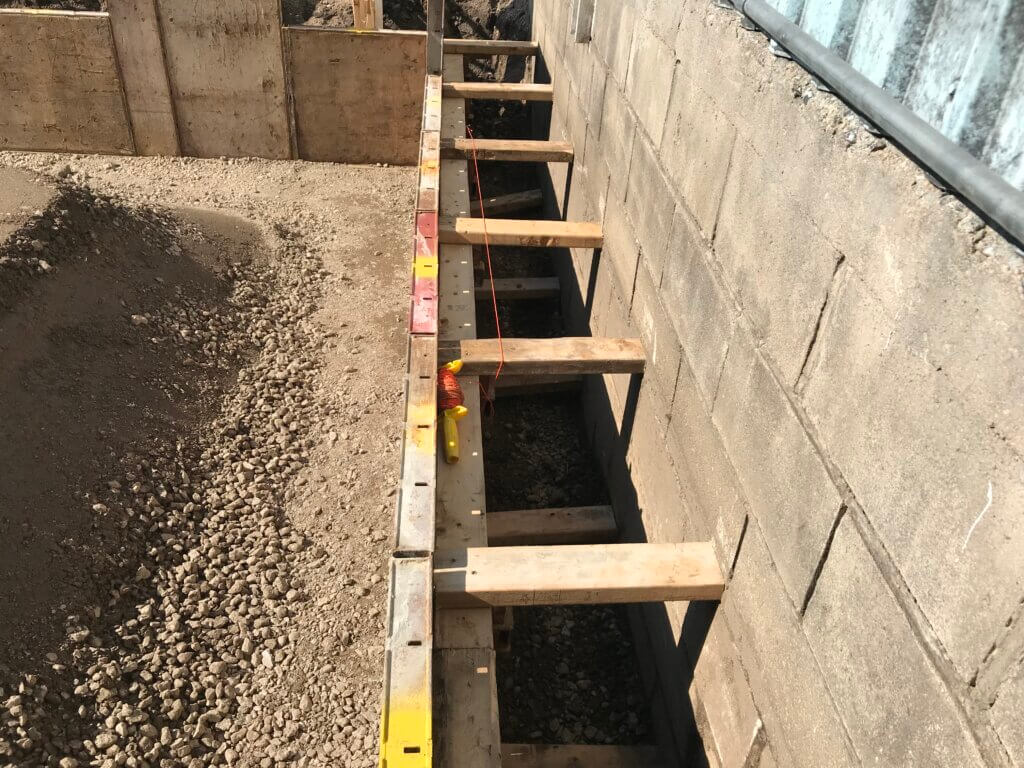
Another benefit of the slab-on-grade design is that it’s less susceptible to pest attacks. Lastly, you need to note that there are various types of slab-on-grade foundations. This includes; frost-resistant as well as floating slab-on-grade. For floating sub-on-grade types, the foundation doesn’t contact the ground directly.
This design supports individual points between the foundation and the underlying soil. A spot footing foundation resembles a square concrete pad. It has rebar going through it and the column to reinforce load distribution. It’s also known as ‘individual footing foundation’ or continuous footing foundation’.
The footings take the column loads and distribute them into the ground. This enables the soil to withstand more weight by increasing its load-bearing capacity. Moreover, it allows the building to maintain stability. Thanks to the several contact points with the ground. Another benefit of this foundation is that you can use it for posts and piers.
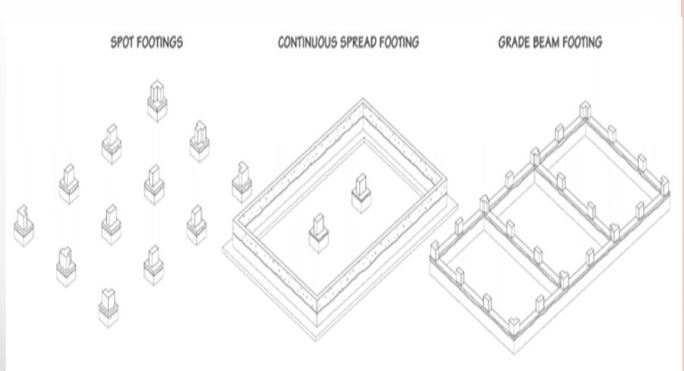
Lastly, note that different foundation types can be divided into 2 categories. That is; deep and shallow foundation. Deep foundation goes much further into the different soil layers and bedrock. They transfer the structure loads into these lower layers beneath the earth’s surface.
On the contrary, shallow foundations are laid near the earth’s surface. Therefore, they transfer bulling loads to the earth’s surface at a minimal depth.
Conclusion
Regardless of the foundation you choose, it’s good to hire the services of commercial structural engineers. If your commercial property is in California, contact Innodez Design and Engineering today. We offer various structural engineering solutions including foundation design for commercial buildings.
About Author
InnoDez